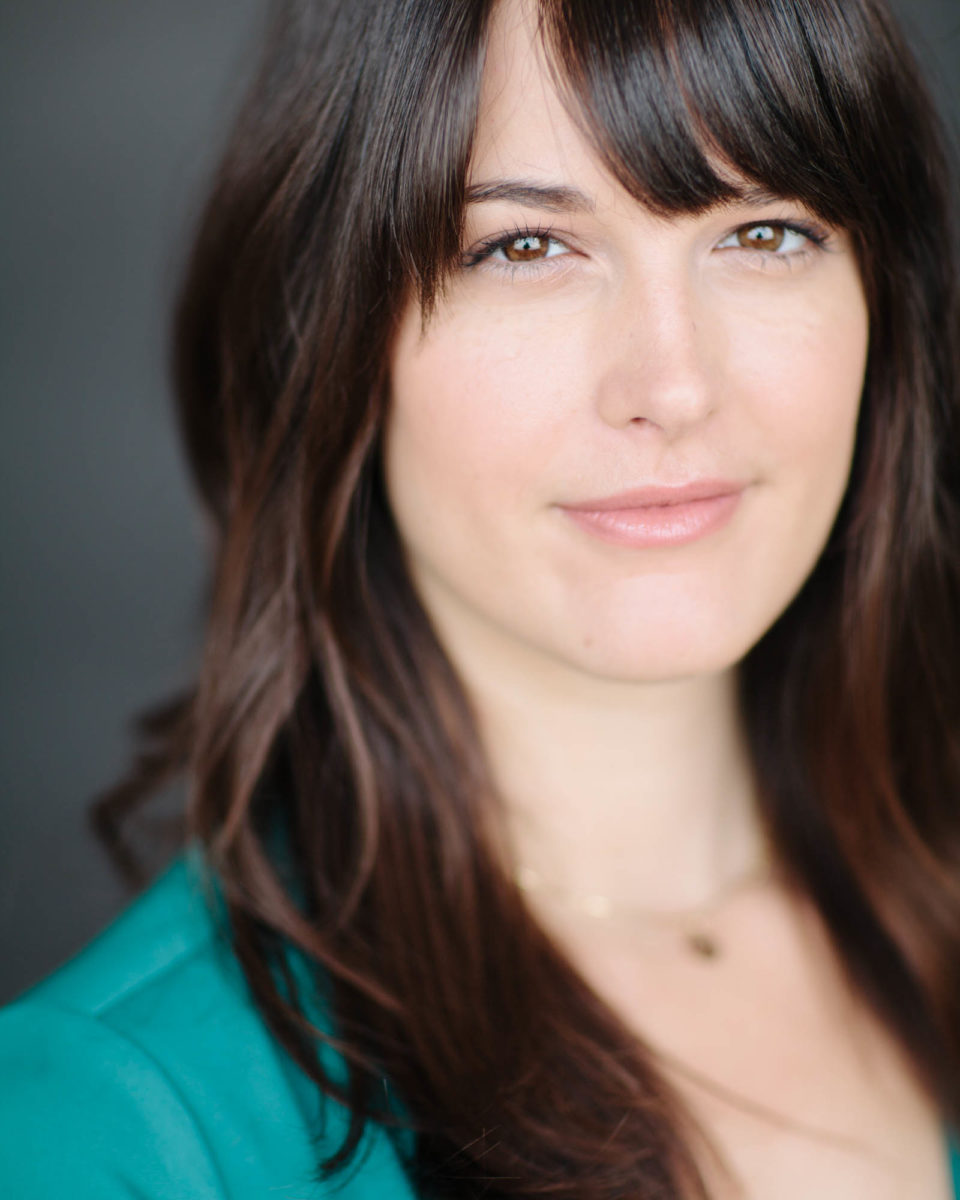San Francisco Opera stages its first live opera performances with a new, specially adapted production of Gioachino Rossini’s The Barber of Seville offered in a drive-in setting on the bucolic grounds of San Rafael’s Marin Center.
Opening on April 23, the eleven performances running through May 15 are the Company’s first live performances in 16 months since the onset of the global pandemic, which caused the cancellation of the Company’s Summer and Fall 2020 seasons.
San Francisco Opera returns to live opera performance with a new adaptation of one of the greatest operas in the repertoire, Rossini’s The Barber of Seville (Il Barbiere di Siviglia). Director Matthew Ozawa has adapted the opera into a 90-minute (no intermission) backstage comedy that retains all of the work’s humor and vocal fireworks. Ozawa’s concept finds singers returning to the opera house after a pandemic and bringing opera back to life, mingling the antics of backstage life with the wit of this beloved work in a poignant and riotously funny staging. The opera will be performed in an English translation by Marcie Stapp.
Audiences for these rain-or-shine drive-in performances have a choice of purchasing tickets for one of two neighboring locations on the Marin Center campus. The Fairgrounds has a view of the set and live performers, while the Lagoon area allows ticket holders to experience the performance live via simulcast to a drive-in movie screen. A limited number of spots in the Lagoon simulcast area are available for free by arrangement with San Francisco Opera to organizations employing essential workers, as well as to community organizations in Marin.
Conductor Roderick Cox makes his Company debut leading an 18-piece San Francisco Opera Orchestra ensemble, including five wind and brass players. As part of the rigorous safety protocols, the orchestra is performing in an 80’ by 40’ orchestra tent behind the stage (part of an outdoor backstage compound erected to support all aspects of the production). Musicians and singers are utilizing specially designed wind masks and singer’s masks (singer’s masks used only for rehearsals in the socially distanced staging) developed by Dr. Sanziana Roman of UCSF and the San Francisco Opera Costume Shop.
The opera, which will be presented without chorus given health protocols and shorn of a few characters, is anchored by a stellar cast. Baritone Lucas Meachem, a “robust and smooth-toned Figaro” (San Francisco Chronicle), is the charismatic barber whose tongue-twisting music includes the famous aria “Largo al factotum.” Mezzo-soprano Daniela Mack portrays Rosina, for which the Guardian praised her “dark tone and formidable coloratura,” with Laura Krumm singing the final three performances. Alek Shrader, whom the New York Times hailed as a “virile Almaviva with matinee-idol good looks,” reprises the role of the Count which he performed opposite his wife, Mack, at the War Memorial Opera House in 2013.
Rosina’s guardian, Dr. Bartolo, will be performed by bass-baritone Philip Skinner, and bass Kenneth Kellogg is the music teacher, Don Basilio. Mezzo-soprano Catherine Cook reprises her portrayal of Berta, a part she has sung in five previous productions with the Company.
The opera’s fast-moving action and melodic flights take place on an adapted version of the unit set originally intended for San Francisco Opera’s new production of Beethoven’s Fidelio, which was postponed due to the pandemic. Work on the set continued in the Company’s scene shop during the shutdown and the Barber creative team utilized the structure’s innate flexibility of design for the Marin Center drive-in experience.
The full-scale production takes place on a 120’-wide festival stage erected on site for these performances. Conceived by Bay Area designer Alexander V. Nichols, the set and projection designs will take on the appearance of the War Memorial Opera House, especially the backstage dressing rooms. The production features new costumes designed by Jessica Jahn and lighting for the open-air production by JAX Messenger. Four sliding video screens are an integral part of the production and create different playing areas on the set. Two additional large video screens on either side of the stage serve as image magnification screens for close-up views. The sound is mixed into a FM signal broadcast to each car.
The resumption of live performance this spring is made possible by San Francisco Opera’s partnership with a team of University of California San Francisco (UCSF) doctors led by Dr. George Rutherford and other leading health professionals. Through weekly consultations that began last summer, comprehensive safety protocols have been developed in accordance with state, local and industry guidelines regarding testing, social distancing, the development of a patent-pending singer’s mask, and other controls to ensure a safe return to live performance for artists, audiences and staff.

